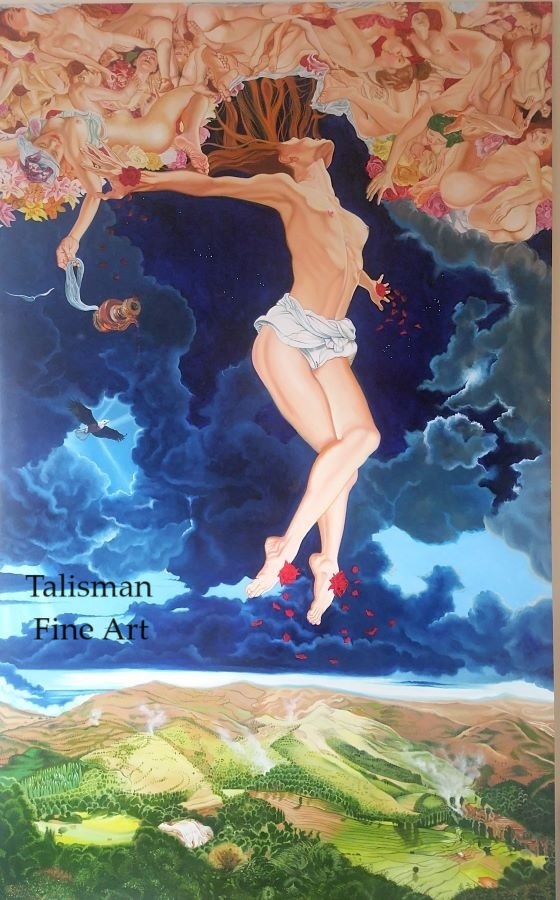Since the poor couldn’t read, the church used art to tell stories to back them up and frighten the people into obedience. Being the only patrons of art since it began in 1300 – with two Italians, Giotto and Duccio, who are generally credited with starting the canon of Western art as we know it today – that’s why the first three hundred years or so of Art are all religious pics, because the church was the only place artists could get money from to work, and the church wanted artists for their propaganda.
All my life I have loved women and had a huge respect for them, believing they are at least equal to men. Countless cases I have encountered in my life show them as being far superior, in many ways, and now that politics and their determination and courage has allowed them back their dignity and (almost. There’s still a way to go) equality, they have shown that even physically, there are very few things a man can do that a woman can’t.
And so when I discovered this horrendous episode in our early history, I was incensed, furious, and I wanted to paint something that would express the horror and the ridiculous injustice that had been so liberally meted out on Woman. My first thought was it had to be a Crucifixion, as that has become the symbol of pain to many people. But I wanted to show a very different crucifixion from the one perpetrated by the priests, and I decided to replace the nails with roses, symbolising victory through sweetness as opposed to mere violence.
I used the view from my studio in India in the foreground as it created such a vast panorama – and the horses running around in the paddock towards the left were really there. They were owned by the most famous female horse racer in Indian history, and those two horses I painted had won countless races for her.
And so it is a painting full of history. The completely female orgy taking place at the top of the work was just meant to symbolise how understandable it might be for women to feel a bitterness towards men and very much a “who needs you?” attitude, as in this painting at least they obviously need no one but each other. I also wanted to create a work of erotic art, which is my true passion.
Interestingly enough, I had more offers for this painting than any other painting I had ever created, but having spent five very demanding months creating it, I wanted to keep and enjoy it for a while before letting it go. I also wanted to wait until I met someone with the kind of integrity I needed from anyone who was representing me, after my last agent died in 2008. Such integrity is so rare it has taken me this long to find it, but I certainly have done so in Lindsay Wells, of Talisman Fine Art.
This painting has often been referred to by the “experts” as the 21st century’s equivalent of Dali’s Christ of St. John on the Cross.
I am now ready to let the painting go.
Anthony Christian
